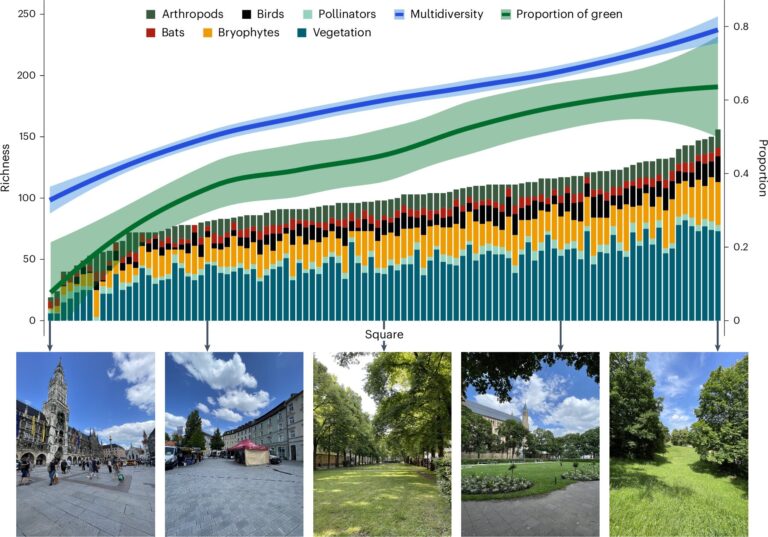
Malaysia aims for chip comeback as Intel, Infineon and more pile in
Ng Kok Tiong has been working in the semiconductor industry for 34 years and in all that time, the Kuala Lumpur native says, he has never seen the kind of activity in Malaysia that he is seeing now.
As evidence, Ng, a senior vice-president at top European chipmaker Infineon, pointed to a new phenomenon: daily traffic jams between Penang Island and Kulim, site of the country’s first high-tech industrial park.
“Malaysia benefited quite a bit from this diversification of the supply chain,” said Ng, who is also chair of the Semiconductor Fabrication Association of Malaysia. “Traffic increased a lot because of so many factories coming. The government is now widening the road, and that will probably be complete by next year.”
Next to his office in Kulim, cranes and trucks are busy building a $7bn facility that will eventually be Infineon’s — and the world’s — largest production site for silicon carbide chips, a type of semiconductor used in electric cars, wind turbines and other heavy applications, as well as consumer electronics.
Malaysia has long been Infineon’s most important manufacturing hub in Asia, and the company now has more employees there than in its home base of Germany, according to Ng.
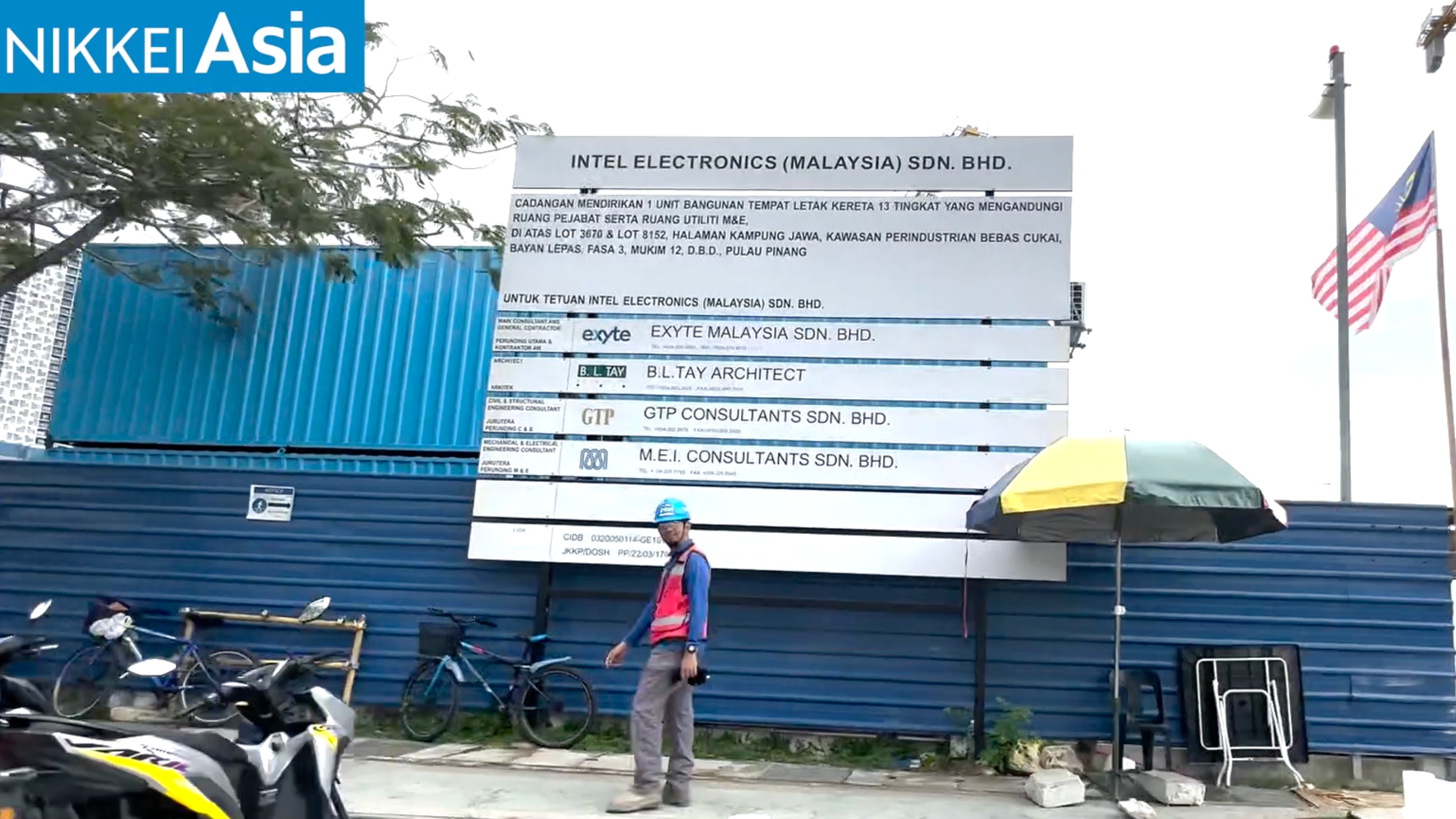
The country became an early leader in Asian chipmaking by attracting many foreign chipmakers in the 1970s. It was even nicknamed “the Silicon Valley of the east,” but it lost ground to South Korea and Taiwan thanks to the rise of homegrown companies Samsung Electronics and Taiwan Semiconductor Manufacturing Company in the 1990s. Now Malaysia is hoping to make a comeback as the industry pushes to diversify production amid flaring US-China tensions.

This article is from Nikkei Asia, a global publication with a uniquely Asian perspective on politics, the economy, business and international affairs. Our own correspondents and outside commentators from around the world share their views on Asia, while our Asia300 section provides in-depth coverage of 300 of the biggest and fastest-growing listed companies from 11 economies outside Japan.
Subscribe | Group subscriptions
US-based Intel is also expanding in Malaysia, with plans to invest $7bn to turn the country into the company’s primary production base in Asia.
At the industrial park of Bayan Lepas in the south-east of Penang Island, about a 40-minute drive from Kulim, Intel is building its biggest site for advanced 3D chip packaging, an area emerging as the next battleground in the attempt to make ever more powerful chips.
“There is a saying that goes, ‘A rising tide lifts all boats’,” said AK Chong, Intel’s vice-president of manufacturing and supply chain. “When you have a new technology” introduced to a country, “you’re bringing in a lot of ecosystem suppliers. Like our advanced packaging — you need a new chemical solution and new equipment. So you expect a lot of these investments coming in. It’s like a chain effect.”
Inflows of foreign direct investment into Malaysia have reached record levels over the past few years, thanks largely to global tech and chip companies. The country approved RM71.4bn ($15.25bn) in the first quarter of 2023, more than double the RM32.4bn recorded for the whole of 2019, before the coronavirus pandemic-driven chip crunch.
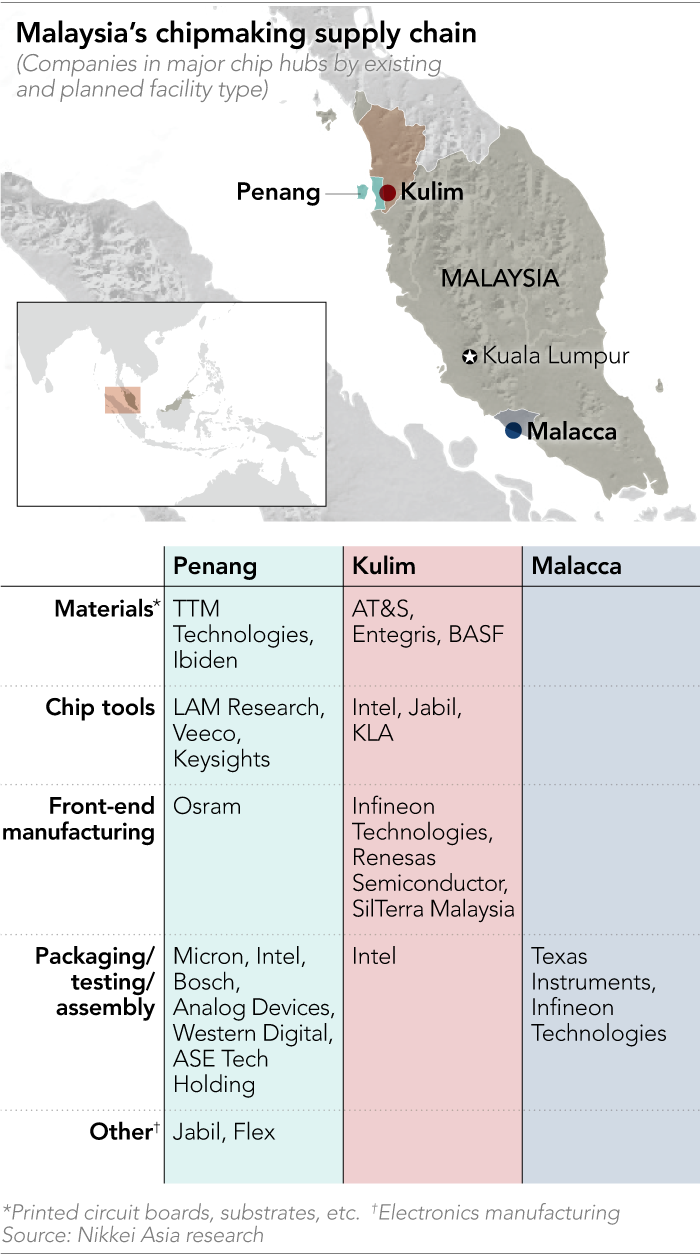
Malaysia is already a major hub for the final steps of the chipmaking process. It controls 13 per cent of the global market for packaging, assembly and testing services and is the sixth-biggest semiconductor exporter, according to the government.
On the other hand, the country relies heavily on foreign chip companies to sustain its industry. Intel, NXP, Infineon, Texas Instruments and Renesas have all had a presence in the country since the 1970s, while Malaysian chip packaging and testing service providers, such as Inari Amertron, Unisem and Carsem, play only a small part in the global market. The country has produced no major chip manufacturers or top developers.
In 2020, chip suppliers in Malaysia suffered a months-long lockdown because of Covid-19 restrictions that created a bottleneck in the output of semiconductors. But now Malaysia hopes foreign companies will see its strengths, such as a relatively stable geopolitical outlook and little risk of natural disasters.
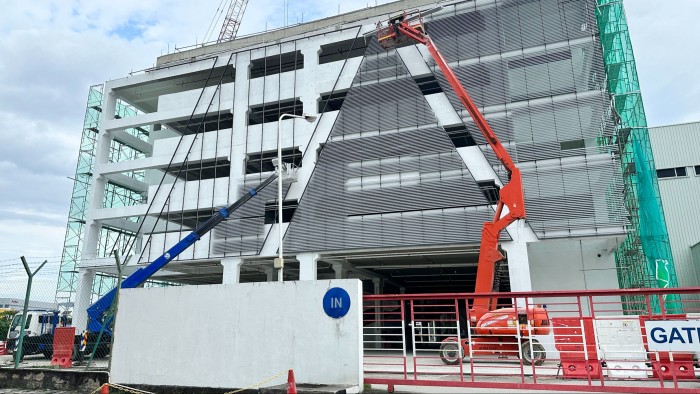
It seems many of them are. Jabil, Micron, Bosch, Western Digital and Lam Research are all expanding their manufacturing footprints around Penang, stretching from Kulim in the north to the Batu Kawan Industrial Park in the south. DHL Express is constructing several logistics centres in the area, after launching direct cargo flights five days a week between Penang and Hong Kong, a chip-trading hub, in mid-2021.
Tim Archer, chief executive of Lam, a leading US chip equipment maker, said Malaysia was now one of “three major production hubs in Asia”, along with Taiwan and South Korea.

Intel’s Chong, who is also the company’s head for Malaysia, pointed to the country’s convenient location. “In terms of geography and logistics, we are at the centre of south-east Asia,” she said. “Also, our workers have good [English] language skills.”
Tien Wu, chief executive of ASE Tech Holding, the world’s largest provider of semiconductor packaging and testing services, said the company was expanding production in Malaysia to meet demand for diversified production bases. “Customers want us to have back-up alternative sites for supply chain resilience purposes,” Wu said.
Scott Lin, president of Marketech International, a leading chipmaking facility builder and equipment supplier to TSMC, ASML and Applied Materials, said the company was finalising a project to build new production sites soon in either Malaysia or Vietnam because of demands from clients. “No matter whether the cost is higher, that’s a trend we have to follow,” he said.
Derek Taylor, head of strategic risk consulting on Asia at Marsh, a broker and risk adviser, said Malaysia was keen to seize the opportunity to expand its role in the electronics industry, although it would face competition to win investment.

“Malaysia is leveraging the record of being a good place to do business, but it’s not alone,” Taylor said. “There’s competition [to attract investments] across Asia . . . like Thailand or India. It’s a very competitive space.”
Given that the entire market is growing, he added, multiple countries could benefit from the broadening of “the geographic footprint of the semiconductor supply chain”.
But Malaysia faced some challenges, Taylor added, pointing to a shortage of talent and limited access to renewable energy. Infineon’s Ng said access to green energy was the priority for chip suppliers considering new investments.
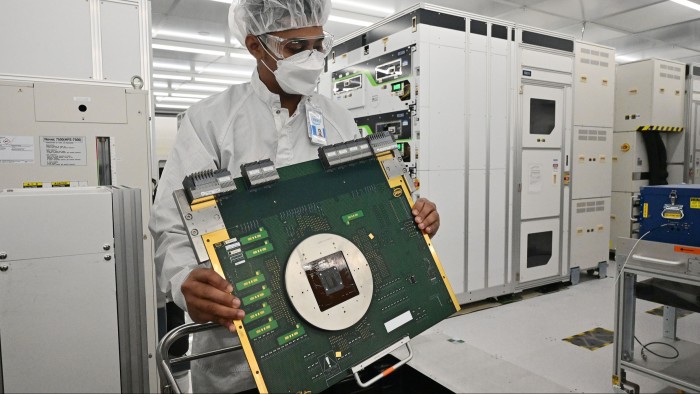
“The whole industry is talking to the government about increasing supplies of green energy. The government is fully aware,” he said. “If the government is not able to provide this, this might deter people from coming into Malaysia.”
Despite these hurdles, however, Ng sees Malaysia and south-east Asia as a whole playing a more prominent role in the semiconductor and electronics supply chain.
“Malaysia is already very big in chip packaging and testing, while Singapore has a huge ecosystem of front-end chip manufacturing. Combining, it’s a big hub,” said Ng, who also worked for many years in Singapore.
“[South-east Asia] is a very attractive place for future growth for the semiconductor industry,” he added.
A version of this article was first published by Nikkei Asia on September 29. ©2023 Nikkei Inc. All rights reserved.





